
Curative mushrooms, widely used for centuries in Asian regions, continue to grow in popularity due to their well-established health benefits and presence in integrative, complementary, and alternative therapies.
Today, several of these mushrooms are being investigated and discussed in medical journals worldwide, opening avenues for novel medical applications.
Learn to nurture and harvest potent medicinal mushrooms on your own!
Transforming a dark compost pile into a bountiful garden of curative mushrooms requires patience and precision. Success relies upon:
There's a delicate balance between providing a nourishing habitat and preventing undesirable contaminants. Remember to:
There are risks associated with mushroom cultivation, although they can be minimized. Be wary of:
Remember, studying the safety of wild or homegrown mushrooms is vital. Research specific compounds, cover protected varieties, and conduct self-guided authenticity checks to ensure health and well-being.
Medicinal mushrooms contain a wealth of bioactive compounds, each with the potential to positively impact health. The key components include:
These components contribute to the following health benefits:

The neuroprotective properties of these compounds have shown them to mitigate the effects of neurological diseases or support cognitive function as we age. Cordyceps, for instance, has been studied for its ability to improve immune function and reduce inflammation.
Reishi, rich in beta-glucans, boosts the immune system to protect against pathogens and promotes healthy aging. Lion's mane has been found to protect against and even reverse neurological disorders, such as Alzheimer's and Parkinson's, by stimulating nerve growth factors in the body.
Discover the therapeutic potential of curative mushrooms in our exploration of variety, benefits, and intake methods.
Adaptogens, known for their capability to promote homeostasis, are crucial in mushroom medicinal effects, especially those native to Asia.
Adaptogenic properties present in medicinal mushrooms include antitumor, anti-inflammatory, and antioxidant abilities, as well as improving mental and physical performance.
Currently, medicinal mushrooms have over 130 recorded functions, with over 600 studies and numerous human clinical trials highlighting their therapeutic potential.
These studies have used various mushroom species, such as Ganoderma lucidum, Cordyceps militaris, and Lentinula edodes.
Many medicinal mushrooms have advanced through various stages of clinical trials and are now used in cancer treatment in Asian countries, where they have been used safely for many decades.
The ongoing advancements in medical research and clinical trials continue to provide valuable insights into the therapeutic potential of these curative mushrooms.
The prominence of medicinal mushrooms strongly supports the importance of scientifically verified information, necessitating rigorous clinical research to authenticate potential benefits and to consider possible medicinal mushroom drugs as valid alternatives to pharmaceutical treatment.
Reishi, turkey tail, and other medicinal mushrooms have been part of traditional Eastern medicine and are increasingly studied and used in Western therapeutic settings for their potent effects.
Understanding the numerous health benefits and the extensive adaptogenic potential of curative mushrooms truly reveals their therapeutic significance. From antibacterial, anti-inflammatory, and antioxidative abilities to supporting gut health, cognitive function and offering psychoactive and lifestyle benefits, the curative mushroom reviews reflect a vast field of therapeutic potentialities.
Moreover, knowledge about mushroom selection and consumption methods, coupled with the basic know-how of home cultivation, enriches our holistic understanding of this healing fungus.
As we have traversed the journey of understanding the healing powers of curative mushrooms, Non Fungible Mushrooms has emerged as a go-to source, focusing on selling mushroom-based adaptogen powders specifically designed for various health benefits. Using the unique and organic products of the brand, which exclude fillers, flavorings, or sugars, you are joining an organic and holistic approach to health and well-being.
They offer a subscription service that helps you save money and ensure a consistent supply of their organic products. Their 100% money-back guarantee reiterates their confidence in the quality and effectiveness of their products. The curative mushroom reviews suggest that the journey to better health could indeed begin with a small step towards these powerful fungi.